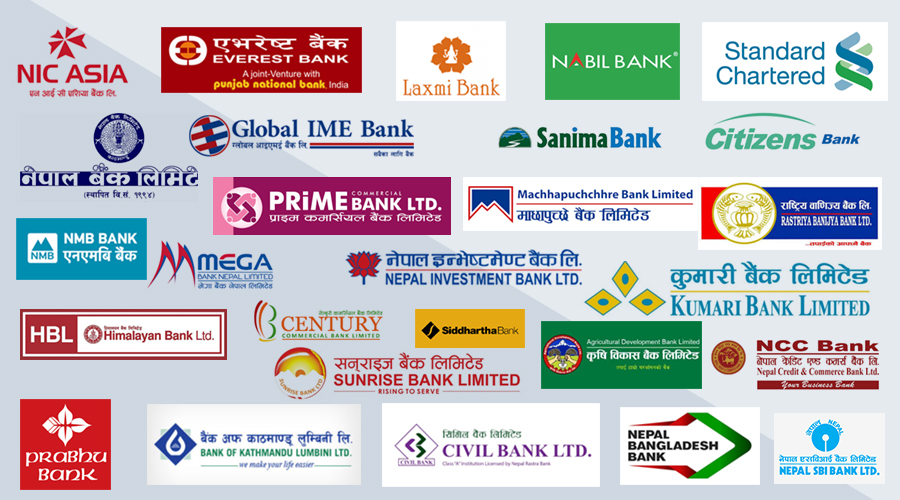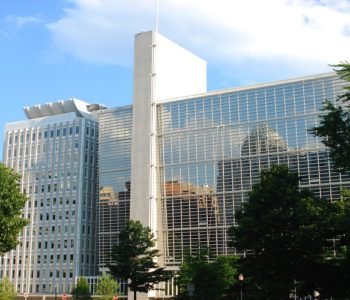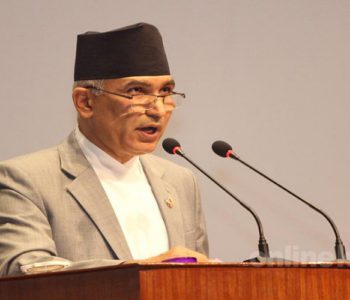NRB reports significant improvement in commercial banks’ lending capacity

KATHMANDU: Recent data reveals a significant improvement in the lending capacity of banks in Nepal over the past few months. This development is largely attributed to the reduction in pressure on banks’ capital adequacy ratios (CAR), also known as capital funds, which has subsequently enhanced their ability to extend loans.
Capital Adequacy Ratio and Its Importance
The capital adequacy ratio is a critical measure that determines a bank’s ability to absorb potential losses and continue operating. It represents the portion of funds that banks must maintain when providing loans. According to the regulations set by the Nepal Rastra Bank (NRB), commercial banks in Nepal are required to contribute a minimum of 11 percent from their own capital when lending NPR 100, with the remaining 89 percent sourced from depositors’ funds. This 11 percent contribution by the banks is what is referred to as the Capital Adequacy Ratio (CAR).
The CAR is further divided into two categories: primary capital and supplementary capital. Primary capital primarily includes paid-up capital and a portion of the profits, while supplementary capital consists of funds raised from other sources, such as bonds. The NRB mandates that commercial banks must maintain a minimum of 8.5 percent primary capital in relation to their risk-weighted assets. The lower the primary capital, the weaker a bank’s ability to lend, which in turn affects the overall banking and financial services industry in Nepal.
Improvement in Banks’ Lending Capacity
Just six months ago, more than half a dozen banks in Nepal were under significant pressure due to low capital funds. However, the NRB’s annual report for the fiscal year 2080/81 indicates that these banks are now in a more stable position. By the end of the fiscal year in mid-July, only two banks had primary capital ratios below 9 percent, whereas the majority of banks had ratios well above this level, marking a notable improvement in their lending capacity.
Santosh Koirala, Vice President of the Nepal Bankers’ Association, highlighted that various factors have contributed to this positive development. These include policy easing, a reduction in provisions for non-performing loans (NPLs), increased profits, and improved loan recovery. These factors have collectively alleviated the pressure on banks’ capital funds, thereby enhancing their lending capacity. “Until the end of last March, many banks had an average primary capital of less than 9 percent. By mid-July, all but two banks had primary capital above 9 percent,” said Koirala. “Currently, a primary capital of 8.5 percent is sufficient, indicating an improvement in banks’ lending capacity.”
Factors Contributing to Improved Capital Adequacy
In the past, low profitability and a rise in non-performing loans had led to an increase in provisions for losses, which in turn exerted pressure on banks’ capital funds. However, Koirala noted that the situation has now eased significantly as the pressure on capital funds has decreased. “By October, the situation for banks will improve further. Profits will increase, provisions for losses will decrease, and primary capital will become even more comfortable,” he added.
Despite the improved lending capacity, banks had been unable to extend more loans in the past due to the pressure on their capital funds. However, recent data indicates that this situation is changing. If a bank’s capital adequacy ratio falls below the required level in any quarter of a fiscal year, the NRB imposes restrictions on the distribution of dividends by those banks. As a result, some banks may not be able to distribute dividends this year.
However, experts point out that the NRB’s decision not to require additional funds in the capital adequacy ratio this time has also contributed to the increased lending capacity of banks. According to legal provisions, banks must maintain additional funds in a counter-cyclical buffer, based on the growth rate of the economy and loans. This buffer is designed to ensure financial stability during economic downturns and helps maintain the overall health of the banking and financial services industry in Nepal.
Outlook for Nepal’s Banking Sector
Compared to the previous year, banks’ non-performing loans have also decreased. As of mid-July, the average non-performing loan ratio for banks stood at 3.76 percent, down from 3.89 percent in March of the previous fiscal year. During the same period, the base rate of banks also decreased. The average base rate of banks in mid-July was 8.01 percent, down from 8.56 percent in March. As the base rate decreases, the interest rates on loans also decrease, making borrowing more affordable for individuals and businesses. However, despite the lower interest rates, the demand for loans has not increased as expected, leading to a significant accumulation of funds available for lending in the banking system.
As of last Thursday (August 29), banks and financial institutions in Nepal had accumulated around NPR 725 billion available for lending. In mid-July, banks had around NPR 800 billion in such funds. Despite the accumulation of funds, the expected improvement in loan disbursement has not materialized, according to banks. As of last Thursday, the credit-to-deposit ratio (CD ratio) of banks and financial institutions stood at 78.95 percent. The total deposits of banks and financial institutions during the same period amounted to NPR 6.461 trillion. According to the NRB’s directive, banks and financial institutions can lend up to 90 percent of their total deposits.
The improvement in banks’ lending capacity is a positive sign for Nepal’s banking and financial services industry. With reduced pressure on capital adequacy ratios, banks are now better positioned to extend loans, which could stimulate economic growth in the coming months. However, the lower-than-expected demand for loans remains a challenge that the banking sector will need to address to fully capitalize on its improved financial position.











Facebook Comment